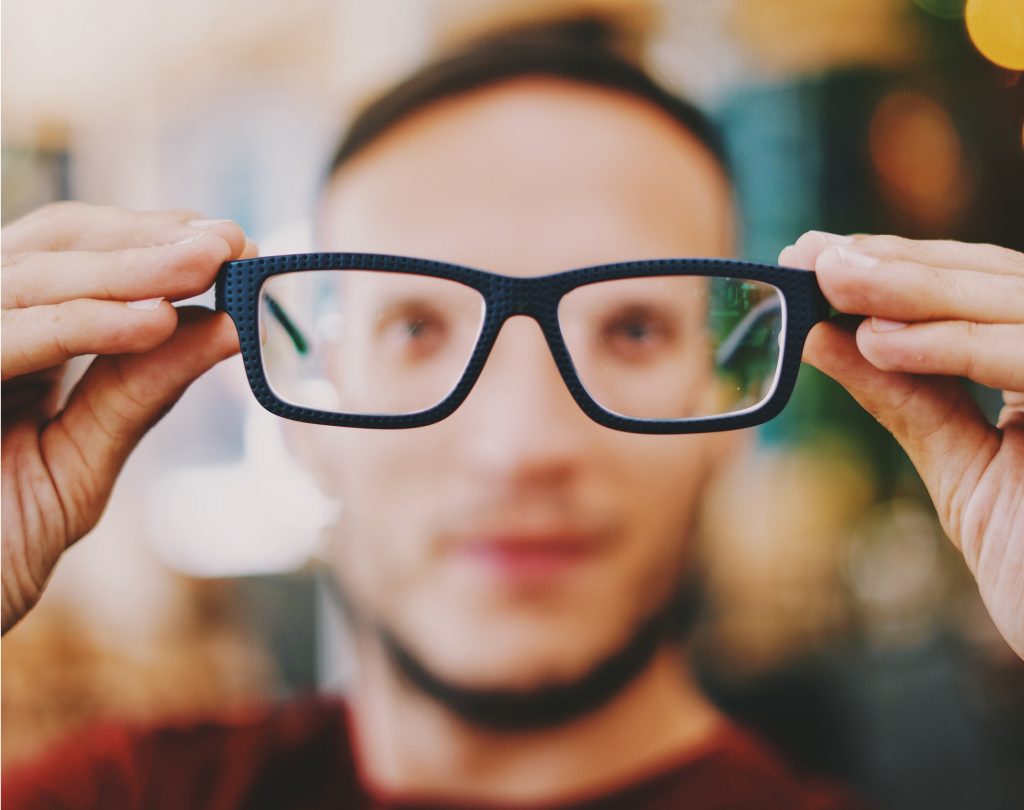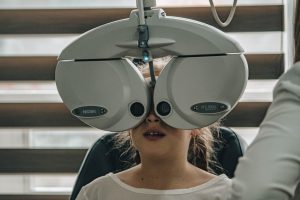
September 14, 2021-An estimated 1% to 5% of children worldwide have lazy eye — a childhood condition where vision does not develop properly. It happens because one or both eyes are unable to build a strong link to the brain. It usually only affects one eye and means that the child can see less clearly out of the affected eye and relies more on the “good” eye. This condition responds well to treatment if begun early on. However, by age 7, if the lazy eye is undiagnosed or left untreated, it can cause permanent visual damage, impair daily activities such as reading, walking, or driving safely, and lead to social and financial deficits later on in life.
A team of Israeli researchers, led by Hebrew University of Jerusalem (HU’s) Professor Hagai Levine, Israel Defense Forces (IDF) Medical Corps doctors Itay Nitzan and Maxim Bez, and Dr. Claudia Yahalom from Hadassah Medical Center’s Department of Ophthalmology tracked the prevalence of lazy eye among 1.5 million Israeli teens. In addition to the prevalence of lazy eye among this population, the team found a link between the vision impairment, known medically as amblyopia, and socioeconomic factors. Their findings, published today in the European Journal of Public Health, represent the largest population-based study to evaluate the prevalence of lazy eye among teens.

Beginning in infancy, Israeli children undergo several vision screenings to promptly diagnose lazy eye and prevent long-term visual disabilities. All Israeli citizens have state-mandated medical insurance and treatment options at minimal costs are theoretically available to any child who needs them. For this study, the HU and IDF Medical Corps team analyzed medical records and socioeconomic data of 1.5 million male and female Israeli teens (aged 16.5-18 years) from the years 1993-2017. These are potential military recruits who, when assessing their eligibility for military service, undergo mandatory health checks which include an eye exam, as well as information regarding their socioeconomic status (SES), such as years of schooling, country of birth, family income, and cognitive function scores (CFS).
Several key findings emerged from this date. One percent of the teens had lazy eye (14,367 recruits) which is a problem since at these later ages not much can be done to correct the impairment. That said, the incidence of amblyopia is on the decline: in 1993, 1.59% were diagnosed with lazy eye whereas that figure dropped twofold, to 0.87% in 2017. Second, several characteristics were found to increase the odds of lazy eye, including lower socioeconomic class and scoring lower on cognitive function tests. This connection between socioeconomic factors and lazy eye might stem from a failure of parents to bring their children in for vision screening or to follow through on the treatment plan. “While the overall prevalence of amblyopia has decreased, being in the lowest socioeconomic status and having below-average cognitive function scores increased the odds of lazy eye in both males and females,” Levine explained.

A third finding was a higher (double) prevalence of lazy eye among young men who grew up in ultra-orthodox settings as compared to those raised in secular communities. A fourth, and intriguing takeaway, was the higher rate of lazy eye among teens born outside Israel compared to those born in Israel. Specifically, immigrants born in the former USSR, North Africa, and Ethiopia had a higher incidence of lazy eye, than did immigrant teens from other countries, or Israeli teens born to parents from the USSR, North Africa, and Ethiopia.
“We’d like to see changes to Israel’s public health policy, specifically to increase allocations for vision screening and treatment compliance monitoring for those populations vulnerable to developing lazy eye,” concluded Yahalom, sharing that further research is warranted to better understand the barriers that create differences in lazy eye prevalence among various sectors in society.
###
CITATION: Itay Nitzan, Maxim Bez, Jacob Megreli, Dana Bez, Adiel Barak, Claudia Yahalom, Hagai Levine, Socio-demographic disparities in amblyopia prevalence among 1.5 million adolescents, European Journal of Public Health, 1–7. DOI: 10.1093/eurpub/ckab111
FUNDING: None
CONFLICT OF INTEREST: Adiel Barak reported receiving personal fees from Nanoretina and grants from Cellcure, Byonics, Novarits, and MicroSert outside the submitted work. The rest of the authors declared they have no competing interests.





